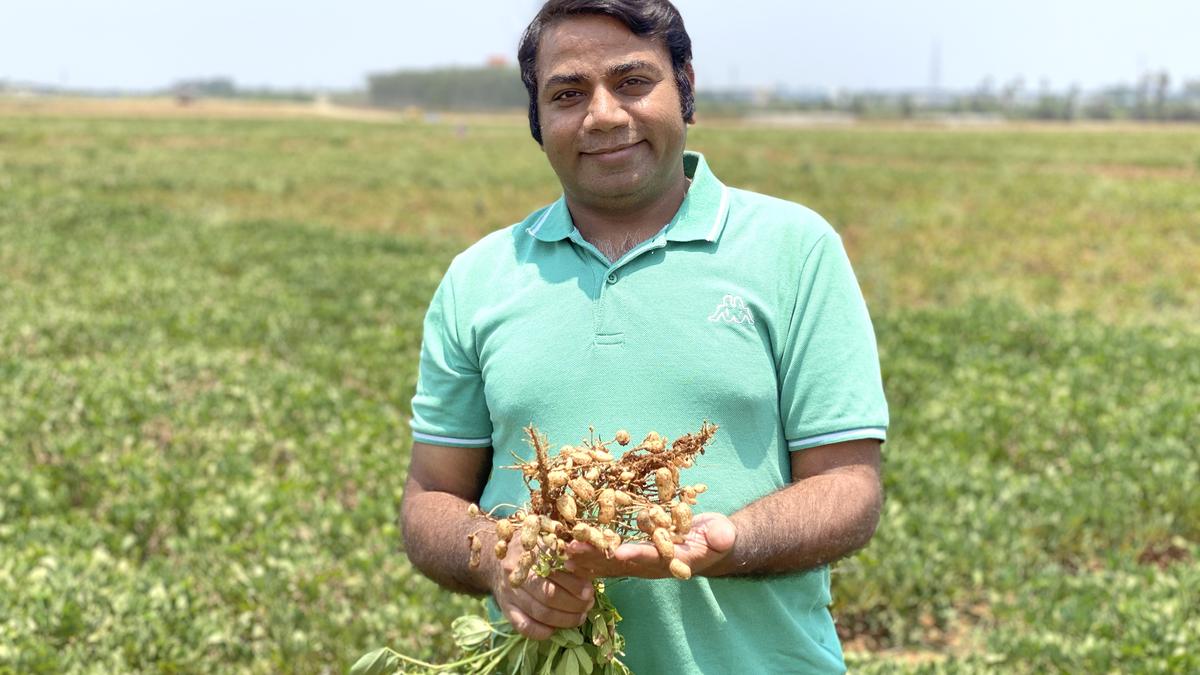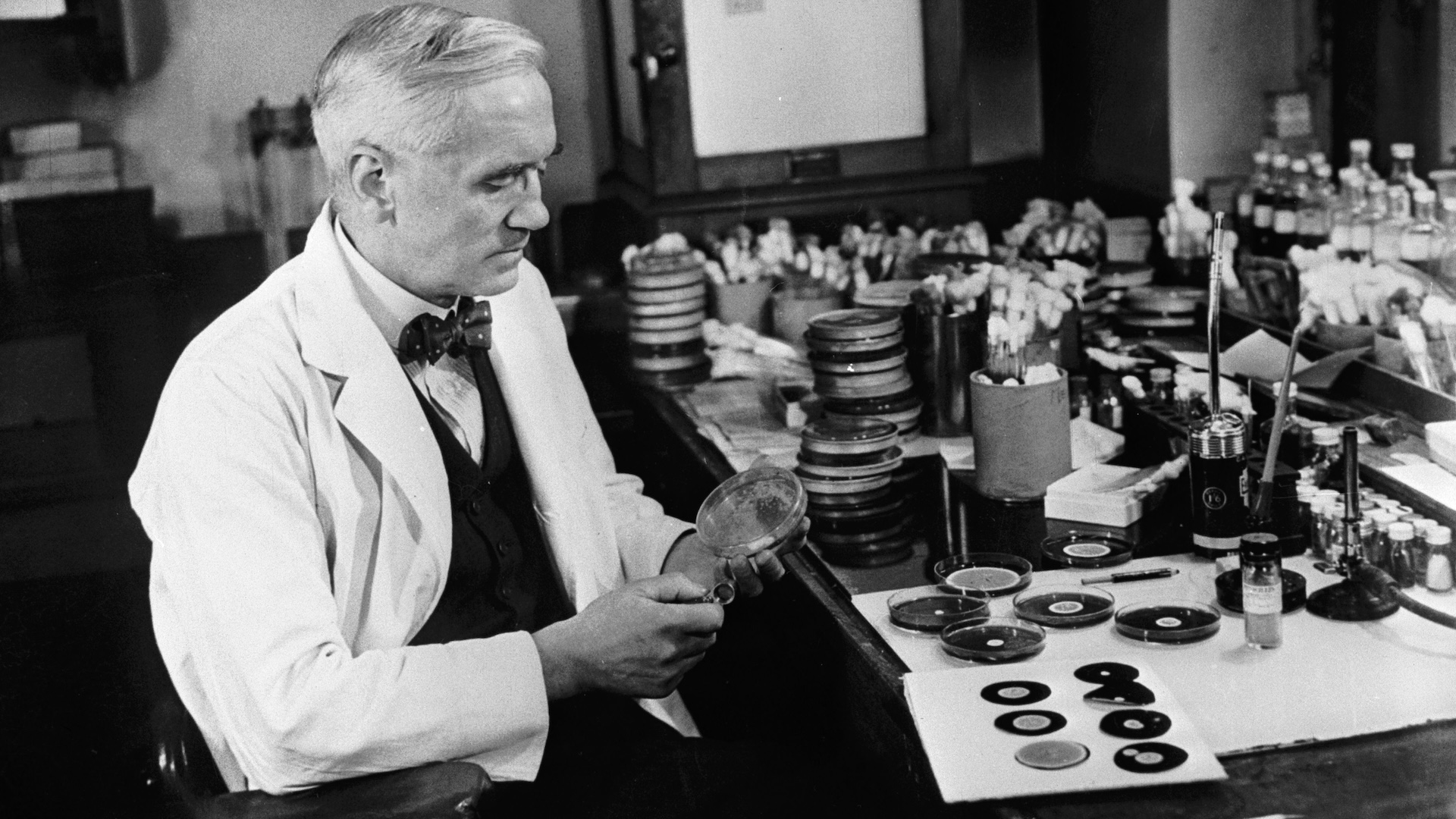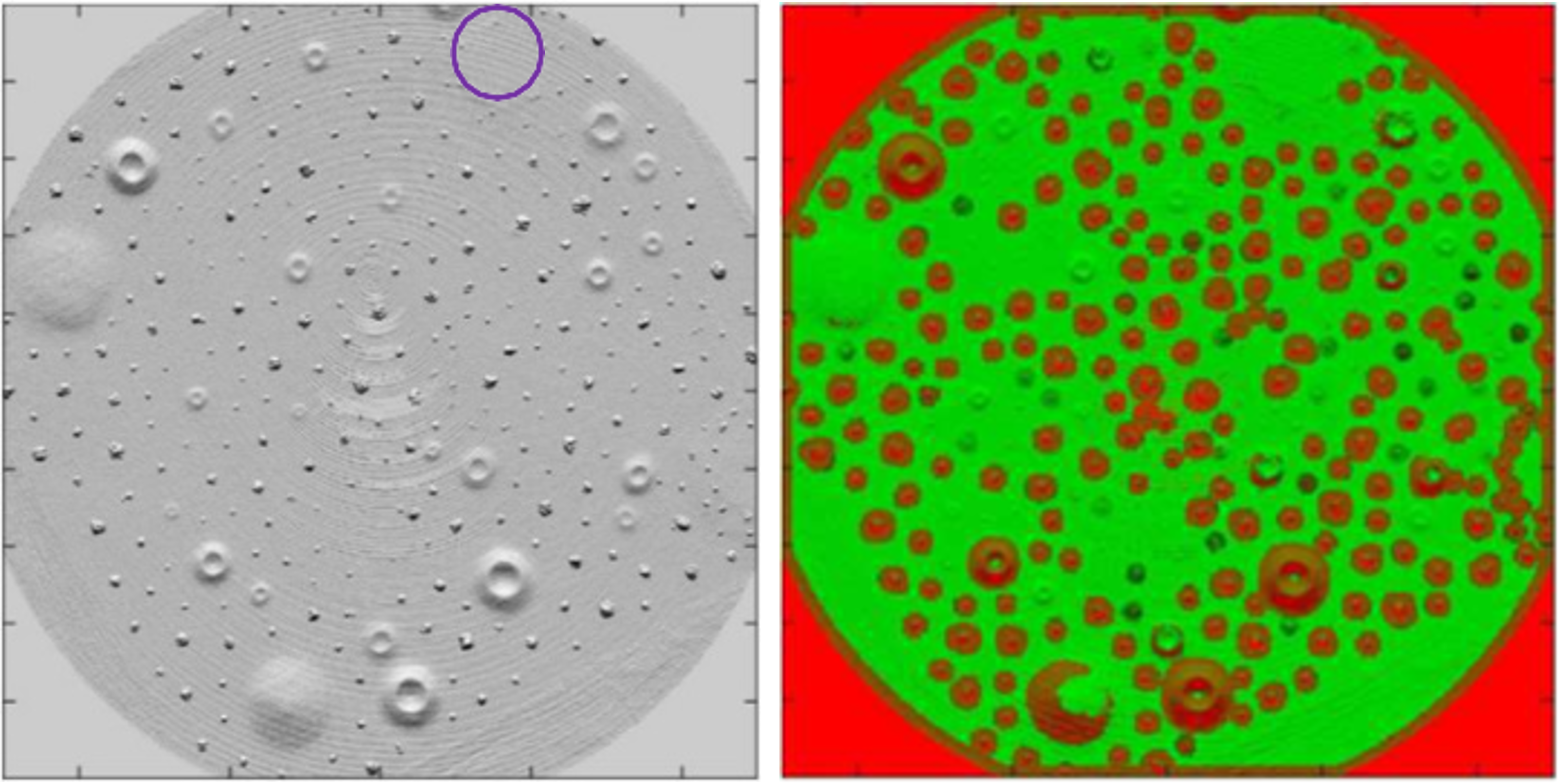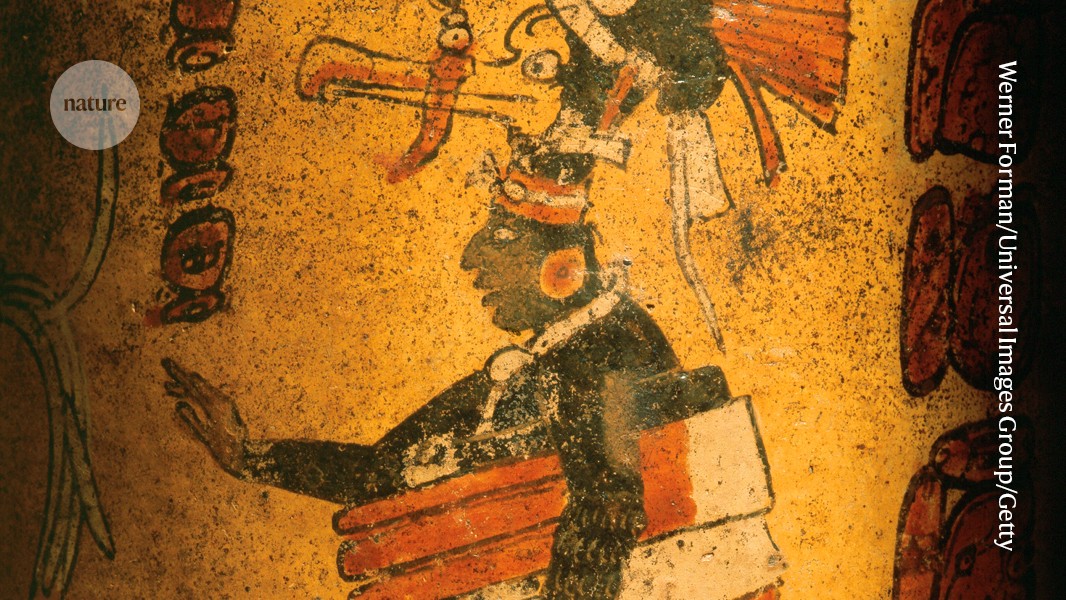Oldest known English book on cheese advises against drinking dog milk
The pamphlet dating back to the 1580s may have been read by Elizabeth I's physician. The post Oldest known English book on cheese advises against drinking dog milk appeared first on Popular Science.

Between necklaces of cheese being placed with the dead for the afterlife, the United States’ government renting caves to stockpile it, and cheese remnants showing up in ancient poop, the dairy product is intimately woven in human history. Now, a new transcription of the earliest-known English book on cheese is available to read online for the first time–nauseating details and all.
The book titled A pamflyt compiled of Cheese, contayninge the differences, nature, qualities, and goodnes, of the same was unpublished and unknown to archivists until it surfaced at auction in 2023. The University of Leeds acquired the 112-page manuscript, bound in velum– animal skin used to hold together books and significant documents. It’s believed to date to the 1580s.
“I’ve never seen anything like it: it’s probably the first comprehensive academic study of a single foodstuff to be written in the English language,” food historian Peter Brears said in a statement. “Although cheese has formed part of our diets since prehistoric times, there was still little evidence of its character and places of production by the Tudor era. The Pamflyt shows that cheeses of different kinds were being considered, and also studied from a dietary point of view.”
The text weaves together a combination of ancient knowledge, with the writer’s own experiences with cheese and research. According to historians, it opens up a window into how people at the time understood the role diet played in health. Food was viewed as a way to both prevent and respond to various illnesses and everyday people appear to have had a complex understanding of how.
[ Related: World’s oldest cheese found in necklaces on mummies in China. ]
University of Leeds Early Modern historian Alex Bamji points to one passage that could particularly speak to modern readers:
“He that will judge whether cheese be a convenyent foode for him, must consider the nature of the body, and the temperamente of the cheese and both considered he shalbe hable to judge whether he is like to take harme be cheese or not.”
“The term ‘dairy intolerant’ might not have been used then, but there’s certainly an understanding here that cheese works better in some people’s bodies than others–although the author explains this through the system of the ‘humors’, and the idea that your body will be either hotter or colder and dryer or more moist,” Bamji said in a statement.
The book also includes discussion about when cheese should be eaten. It’s widely considered best towards the end of a meal, primarily when the digestion is best.
“Cheese doth presse downe the meate to the botome of the stomake.”
Another claim includes a warning that consuming a dog’s milk can cause premature birth. While the author reassures that he has never heard of a woman’s breastmilk being used in cheesemaking, they have heard of a camel, donkey, and mare’s milk used in some places.
It also references Ancient Greek physician Galen smearing a concoction of rancid cheese and bacon fat on the ‘knotted joyntes’ of ‘a man greatly troubled with the gowte’ until ‘the skynne breake of hit selfe withowt any incisyon, and much of the cause of those harde knobs did runne owt.’ Historians believe that this historic antidote likely would have been appreciated for both its medical efficacy and comic value.
Sources were not limited to the remedies of the Ancient Greeks. The author stresses that they turned to contemporaries and sources who knew their cheese craft well, writing that they “diligently inquyred of countrey folke, who have experience in theis matters.”
This new transcription was made by Ruth Bramley. Bramley is a spinning and weaving expert, but also has experience in transcribing old documents like this one and is part of a team of re-enactors at Kentwell Hall. The 16th century manor house in Suffolk, England hosts immersive historical events.
“The debate about whether one can eat cheese on certain religious fasting days because of the animal element in the rennet feels surprisingly modern,” added Tamsin Bacchus, a re-enactor who works in the Tudor Dairy at Kentwell. “An alternative suggested was to use fish guts to curdle the milk! It’s also reassuring to find written down what we know from our actual practice in the Kentwell Dairy: that to make a really hard cheese to keep indefinitely (‘Suffolk Thump’) you skim off all the cream. He’s a bit scathing about it, though, calling it ‘the worste kind of cheese, accordinge to our Englishe proverbe, hit is badde cheese when the butter is gone to the market.’”

The identity of the book’s author remains unclear. However, three owners’ names show that it was passed around the Dudley family, a group of Tudor courtiers. A note on the flyleaf also asks that it be returned to him after a man named Walter Bayley has “perused” it. Bayley was a physician to Elizabeth I.
“There are a number of names in the running,” says Brears. “I look forward to somebody undertaking a PhD on it, because there are clues to its author that demand study in depth: handwriting style; evidence of regional dialects; which modern locations are actually being referred to… There’s so much more to be learnt from this manuscript”.
You can read the manuscript online in its original form and Bramley’s new transcription. You can also listen to a feature on the cheese book on BBC Radio 4’s Food Programme via BBC Sounds.
The post Oldest known English book on cheese advises against drinking dog milk appeared first on Popular Science.

![Why Did Tesla Stock [TSLA] Rise Again?](https://cleantechnica.com/wp-content/uploads/2025/04/Screenshot-2025-04-10-at-3.31.36 AM.png)













































































































.jpeg?#)































